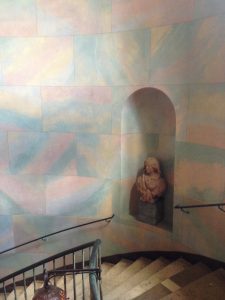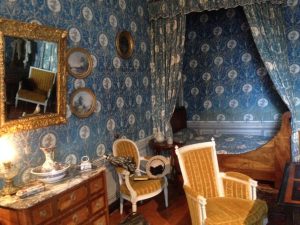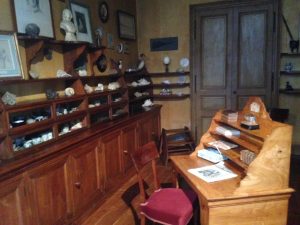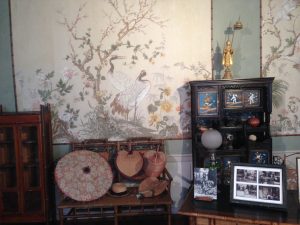Contrary to some people’s belief “Nocturnes” is not only the denomination of the late opening of splendid shopping centres selling French fashion, but the name of music pieces. The origin of the Nocturnes as innovative form of composing is attributed to Irish born and bred John Field. The Polish born Frédérik Chopin developed the art form to perfection and he is the person who is also remembered for master pieces of this type of short romantic music pieces.
Mozart has left a famous piece entitled “Eine kleine Nachtmusik” and previous lesser known attempts of this kind were named Notturni, popular “Serenade” or “Pastoral”. All these Nocturnes shared the basic emotion, which we might call nowadays some kind of love-songs (Piggott, 1973, p.115). “Bel canto”, the tradition of emotional recitation of songs or arias, Paganini’s virtuous violine play were predecessors of the Nocturnes. 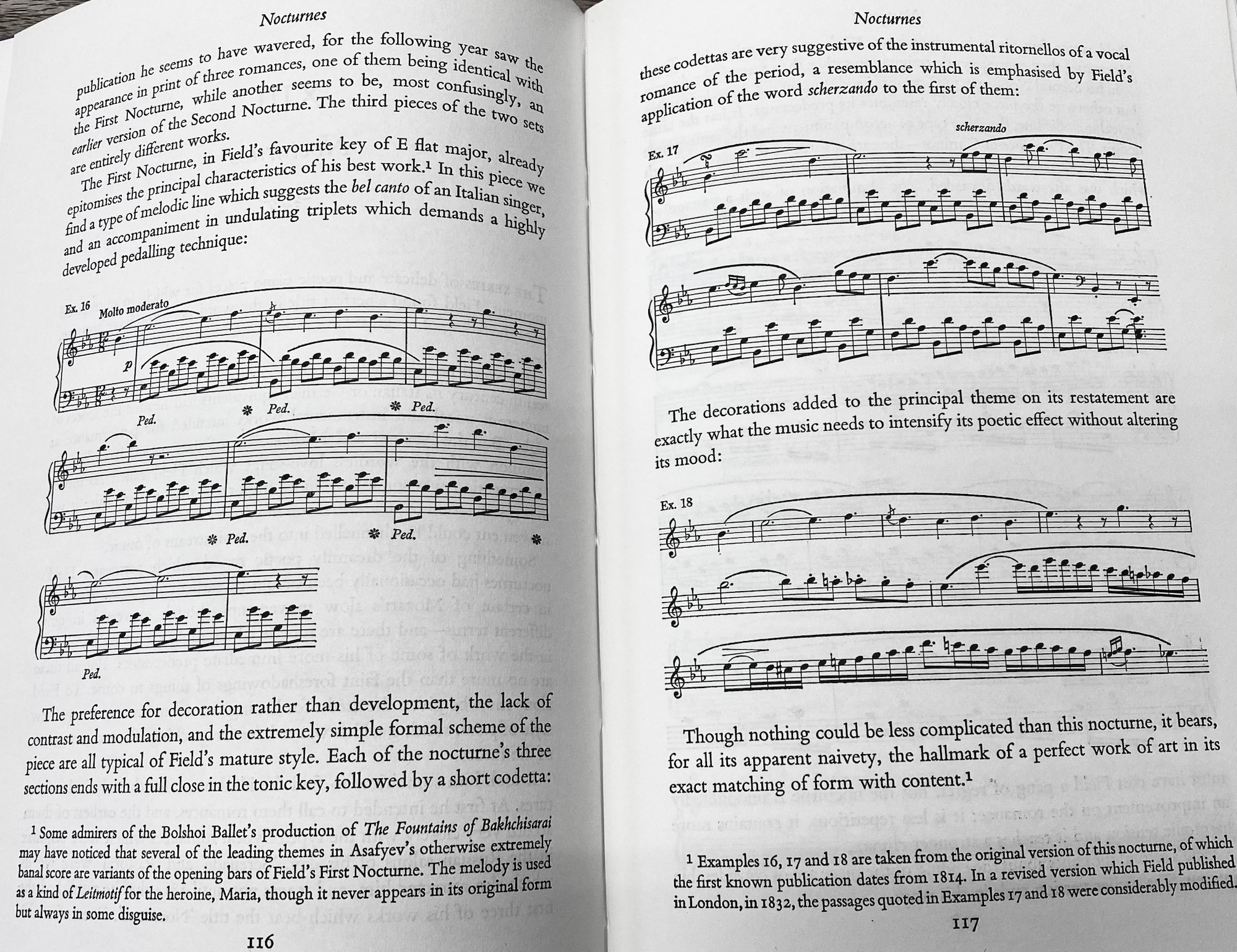
John Field published the first 3 pieces named “Nocturne” in 1814 and continued to produce new Nocturnes and revising former ones. These somehow more easy-going melodies or phrases often written in E or A flat major are technically less demanding for piano players than the later ones composed by Chopin, but their “charme” lies especially in their simplicity. Reducing complexity of sound rather than the virtuous effect seeking of a tune could attract large audiences. After the rebellion in France in 1830 and the foundation of independence of Belgium in the same year, so-called high culture had to address a lot widely differing emotions.
Maybe, in 2024 we are less surprised to rediscover the value of straightforward emotional tunes when even so-called high fashion shows in Paris return to more simplicity.(Image: KI Dall-E, Composer plays on grand piano Nocturnes by Chopin with romantic flair, photorealistic style on 2024-3-5).

Paris 1830s
The music life in Paris in the early 19th century, almost 200 years before now, was incredibly rich. In 1828 the young Flotow arrived in Paris to receive lessons. The pianists Liszt, Chopin, Fields and Czerny passed or lived for longer times in Paris. The innovation in this period of romantic music and operas saw also a fierce competition among those talents. It was no easy task to find your niche to thrive in composition or in both performing and composing.
The 1830s had a rich urban bourgeoisie, which animated and indulged in festive events of live music and social life. Friendships of Chopin and Sand are a testimony for this. Similarly, the young Flotow and Offenbach paired to find their place in the Paris music salons and society of that time. The biography of John Field, written by Patrick Piggott (1973, p.73-81) supports this density of musical experience. The period is also characterized by the fast industrialization and the rise of the global trade. The musical life found refuge in the romantic period and more and more artistic performances by musicians. Theatres, opera houses, concert halls and private salons were meeting points of the upper social class which practices networking in rather closed circles with rather rigid routines and admission at the time.
In architecture the Operas became meeting points and a matter of national pride with National Operas contributing even to national identities. The opulent “Palais Garnier” in Paris was started in 1861 to become an iconic place in the new Paris with the huge boulevards à la Haussmann. The wealthy citizens cultivated a new lifestyle of a networked upper class that had the leisure to participate in the masses of modernity. Cultural events of all kinds filled newspapers and specialized editions. There were inner and outer circles of influence in the economic, military, political and cultural spheres.
Recommendation letters were a real currency for entry in each of these circles. Some of these social practices, have still a lot of currency even in 2024. In short, in the 1830s Paris was the place to be. Compositions of that time still fill concert halls today and their music is abundant on the new music platforms and streaming as well.
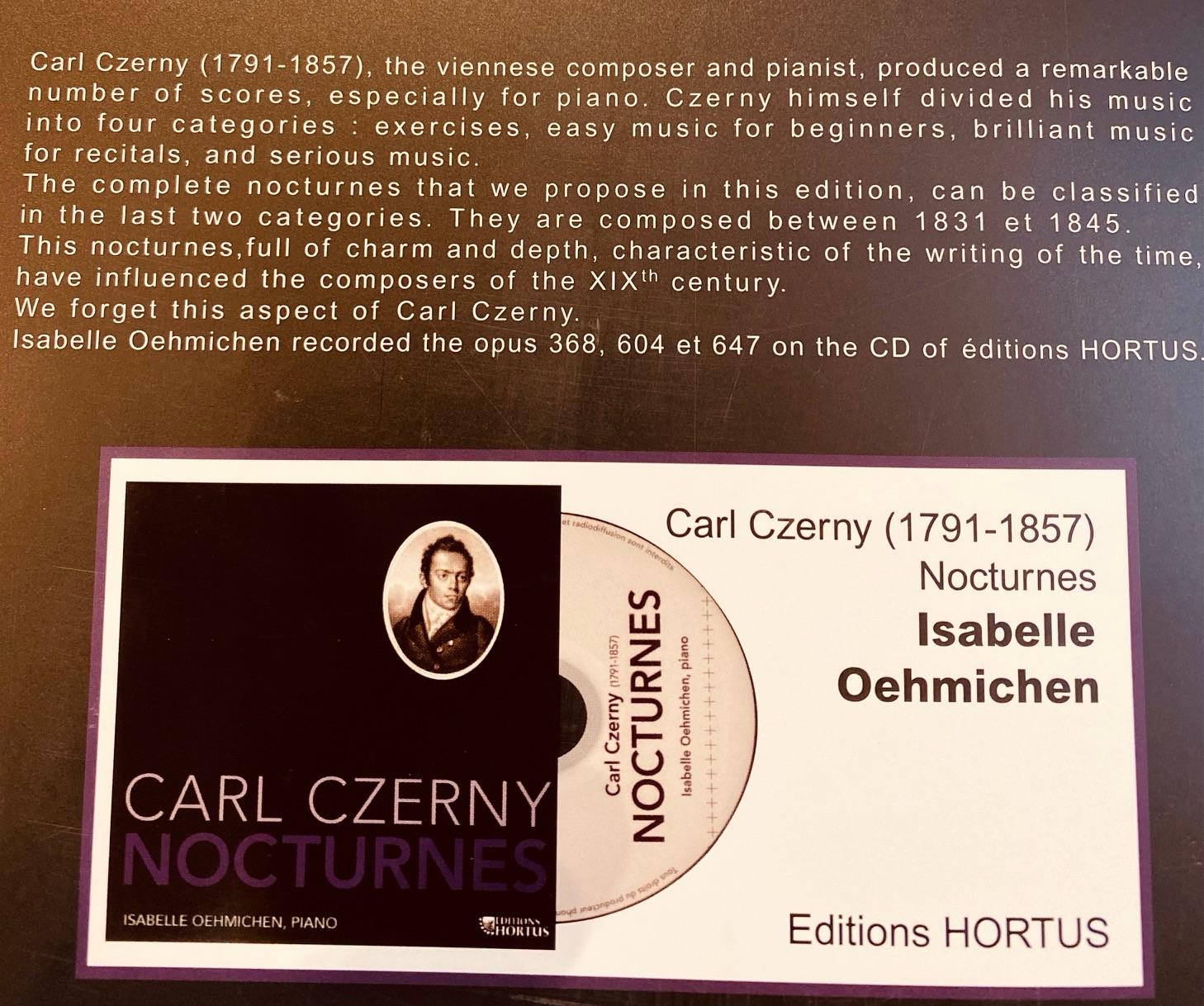
Ukraine Art
The touring exhibition of art works from Ukraine 1900-1930s is on show in Brussels at the Royal Museums of fine art Brussels in November December 2023. Before Ukraine became swallowed up in the Sowjetunion there was a very active independent artist world that had close links to all capitals in Western Europe. All art disciplines were covered. The paintings of Vadym Meller from 1919 (Aquarell on carton) show designs for a dance performance to the music of Chopin. The modern designs and vivid colors reflect the conscious reference to art movements across Europe. The inspiration from dance to painting is a recurrent theme in impressionistic paintings, abstract paintings and into our own time period. Ukrainian art from early on in the 20th century had a broad scope beyond the narrow focus on art controlled by the soviets. Well worth enlarging our vision to take into account these creative masterpieces from Eastern Europe as independent voices.
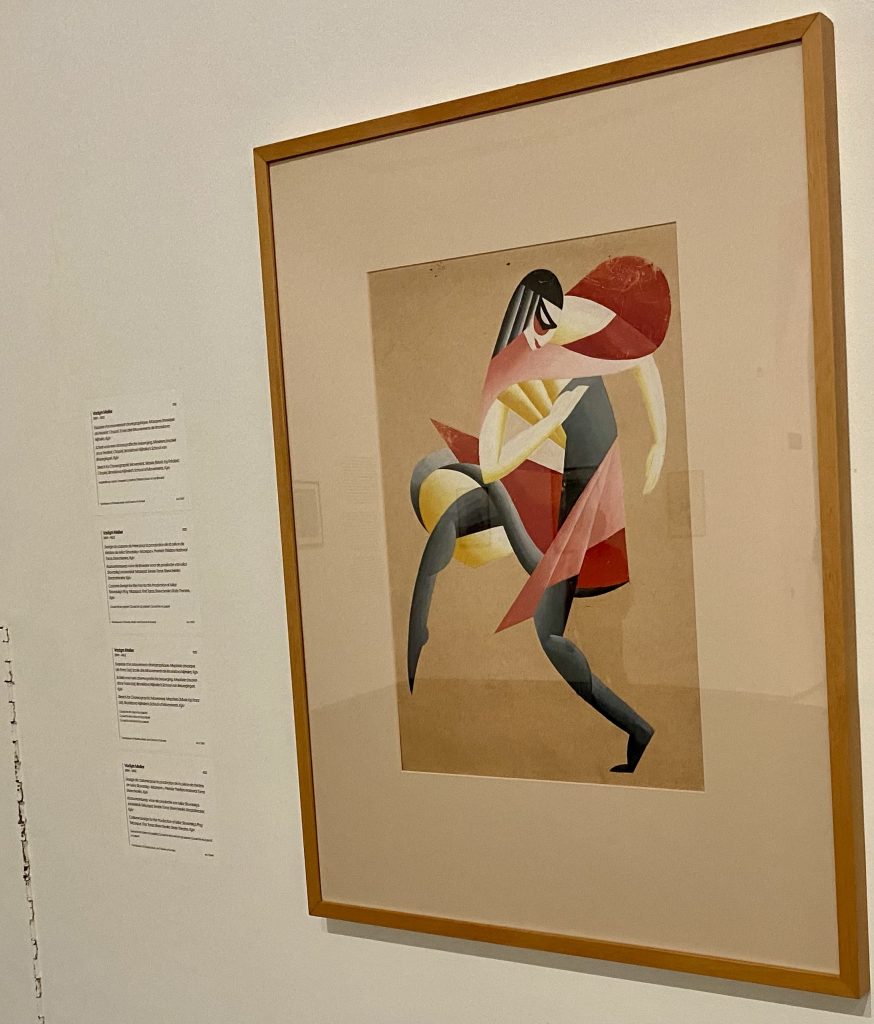
Chopin + Sand
Frédéric Chopin und George Sand erschufen ein Lehrstück zum besseren Verständnis des Mäzenatentums. Die Autorin und Zeitungsverlegerin George Sand hat es Chopin ermöglicht, sich auf den Landsitz im Sommer zurückzuziehen und sich fern der Hektik von Paris auf das Komponieren zu konzentrieren. Chopin‘s Frustration über die 1837 aufgelöste Verlobung, die der Vater der Geliebten initiiert hat, hat sicherlich der Gesundheit und psychischen Verfassung des Komponisten einen weiteren Schlag versetzt (Ganche & Saint-Saens, 1913). George Sand kannte Chopin seit dem Abend, an dem sie Chopin in einem Pariser Salon Franz Liszt vorgestellt hatte. Hinzu kam die Ermöglichung in der Nachbarschaft einer Wohnung am Place Pigalle (Montmartre, Paris) eine preiswerte Untermiete bei derselben Gönnerin zu beziehen. Die in Polen lebenden Geschwister und Verwandten von Chopin haben sich persönlich bei George Sand bedankt und die Notwendigkeit erwähnt den mit Tuberkulose ringenden Musiker, der zusätzlich eine Tendenz hatte in Traumwelten abzudriften, mit Entscheidungshilfen beizustehen (Ganche, É. & Mercure de France, 1935). Diesem nahezu elterlichem Ansinnen auf nicht nur finanzielle Unterstützung, sondern auch psychologischer Begleitung wird die Schriftstellerin gut 7 Jahre lang gerecht. Die Aufenthalte auf dem Landsitz Nohant (région Indre ) werden für beide zu einer fantastischen Inspiration. Continue reading “Chopin + Sand”
George Sand
In der Reihe der bedeutenden Mäzeninen sollte George Sand nicht fehlen. In dem Buch “Les étés de Frédéric Chopin à Nohant 1839-1846” wird die Rolle von George Sand deutlich, wie sie Frédéric Chopin neun Jahre lang in ihrer Villa auf dem Land empfangen und seine Kreativität und Gesundheit unterstützt hat. Eine Liebesbeziehung war Teil der Komplizität der beiden Romantiker. Schriftstellerei und Komponieren haben sich vortrefflich ergänzt. Die Liste der Werke für Klavier, die in Nohant von Chopin komponiert oder fertiggestellt wurden, beläuft sich auf fast 50 Stücke. Mazurkas , Nocturnes, Walzer und Polonaises. Das Buch enthält vier CDs mit diesen Werken interpretiert von Yves Henry am Klavier. Als Camille Saint-Saens mit elf Jahren 1846 sein erstes Konzert im Salle Pleyel in Paris gab, war Chopin bereits sehr krank und hatte nach der Trennung von George Sand noch 3 weitere Lebensjahre. Musiktheorie “Harmonie und Melodie” von Saint-Saens beinhaltet Innovationen, die auch auf Chopin basieren. Jahre der Mittellosigkeit betrafen den jungen Saint-Saens und Chopin in seinem letzten Lebensjahrzehnt. Mäzenatentum daher eine “condition sine qua non” im Schaffensprozess. Die politisch, feministisch, sozialistish engagierte George Sand, die eine Regionalzeitung “l’éclaireur de l’Indre et du Cher” aufbaute (1844) schreibt charakteristisch für die RomantikerIn in dem Brief an die Mitgründenden der Wochenzeitung: “Les rêveurs de mon espèce pourraient dire aujourd’hui : “Je rêve, donc je vois.”” (ich träume, also sehe ich, S.23 “Questions politiques et sociales”, George Sand 2013). Ihr Sohn hat das Treppenhaus der Villa in Nohant dementsprechend als hommage in eine Traumlandschaft verwandelt. (Bilderserie zur Villa aus 2020)
